Analysis and Suggestions on Clothing Recycling and Reusing Channels
Analysis and Suggestions on Clothing Recycling and Reusing Channels . The newly emerging Fast Fashion provides unprecedented opportunities to penetrate cost-effectively into daily consumption. And at the same time, it gives a vast playing field for the entire clothing industry to develop newer business models to capture market share. The product life cycle is getting shorter, and the demand for individuation is gearing stronger. Many used clothes are disposed of as garbage and significantly affect the environment. Recycling and reusing used clothing can alleviate the pressure on the environment. In 2008, an International Recycling Agency conducted a study at the University of Copenhagen in Sweden.
The results showed that recycling each kilogram of waste textiles can reduce 3.6kg of carbon dioxide emissions, save 6000L of water, and reduce the use of 0.2kg Pesticides [1]. The recovery rate of clothing in most areas is still low, directly related to the poorly associated channels. The analysis of recycling channels will help promote the construction of used clothes recycling systems and accelerate the industrialization of the clothing recycling industry.
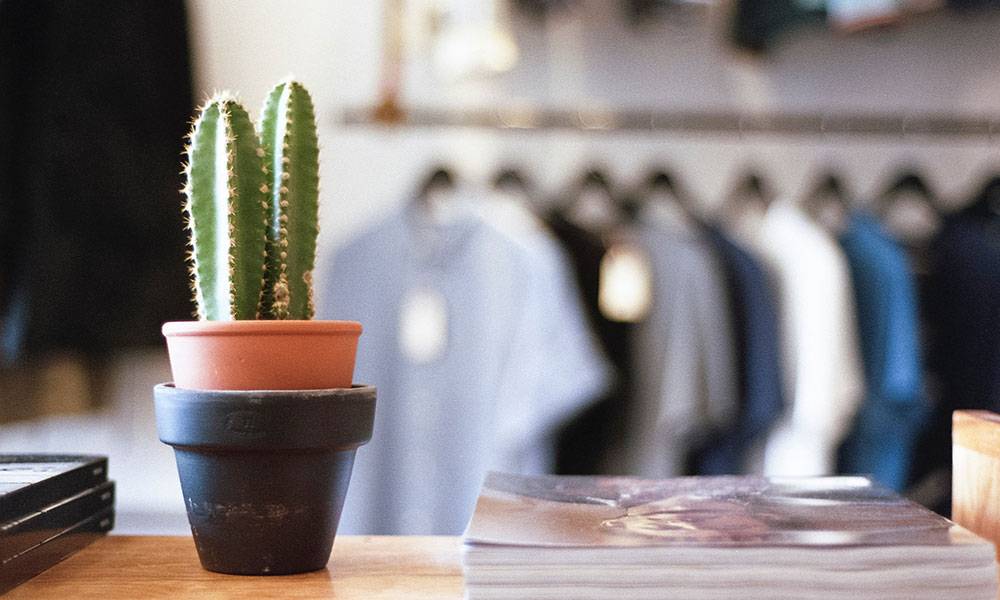
Primary methods of recycling used clothes
Voluntary donations
The used clothes are donated mainly to support poor and disaster-stricken areas. Most residents recognize this method of recycling and are eager to participate. However, with the improvement of living standards, fewer and fewer areas need donations. Local civil affairs bureaus and public welfare organizations no longer set up special warehouses to store these used clothes. With no place to store, many public welfare organizations give up the acceptance of used clothes. In recent years, some clothing companies even donate their overstocked new garments to meet recipients’ needs in the shortest time. They can avoid manual sorting, disinfection, and packaging for used clothing donations. Thus, the future trend is donations of garments will become less and less.
Purchasing used clothes
Purchasing used clothes is a common way of clothing recycling. The purchase price of recycling clothes is meager, which often fluctuates in a small range depending on the color and material of the clothing. The purchase of used clothes allows ordinary residents to get a certain amount of remuneration. Still, ordinary families cannot accumulate enough clothing in a short period and ask companies to collect them at home. And the recycling price of individual retail households is low and unattractive. As a result, many families choose to discard clothing directly.
Recycling through community recycling bins
In Shanghai, Nanjing, Shenzhen, and other cities in China, some recycling companies set up recycling bins for used clothes in the communities. Citizens can put used clothes in the recycling bins at any time. The recycling companies will regularly come to recycle based on the actual situation of each community. This method is widely praised. It dramatically facilitates the disposal of used clothes by residents in the community. However, this method is only carried out in a few pilot cities, and it is difficult to popularize it on a large scale in a short time. Moreover, we have to solve the possible issues in advance, like recycling bin been destroyed, and the used clothes been stolen, etc.
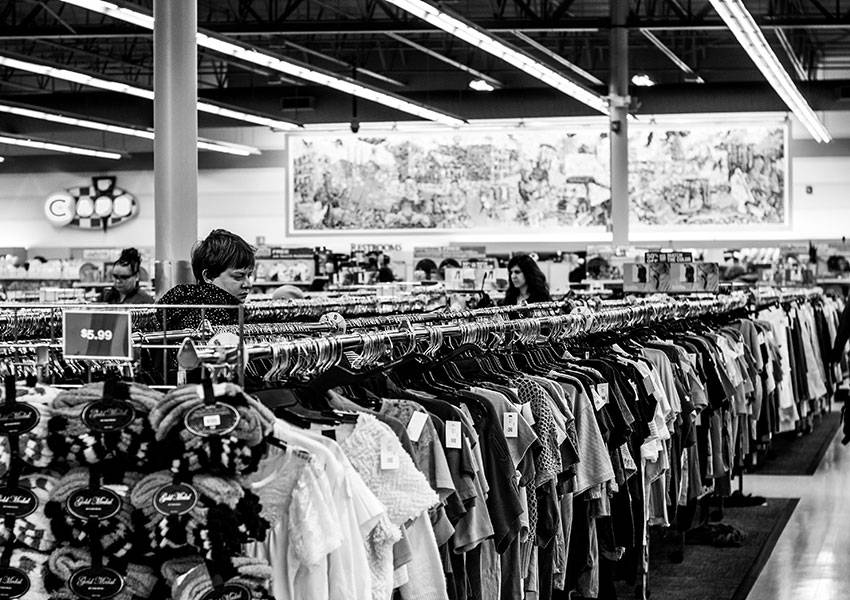
Existing channels of clothes reuse
Donation and reuse
Reuse by donations is a popular reuse method among residents. The donated clothing maintains the apparel value after sorting, disinfection, and other procedures. It is the simplest method of reuse. However, some donated clothes have been treated like garbage in recent years due to the asymmetry of demand information between the presented and contributed areas. Few clothes donated by ordinary residents are appropriately reused.
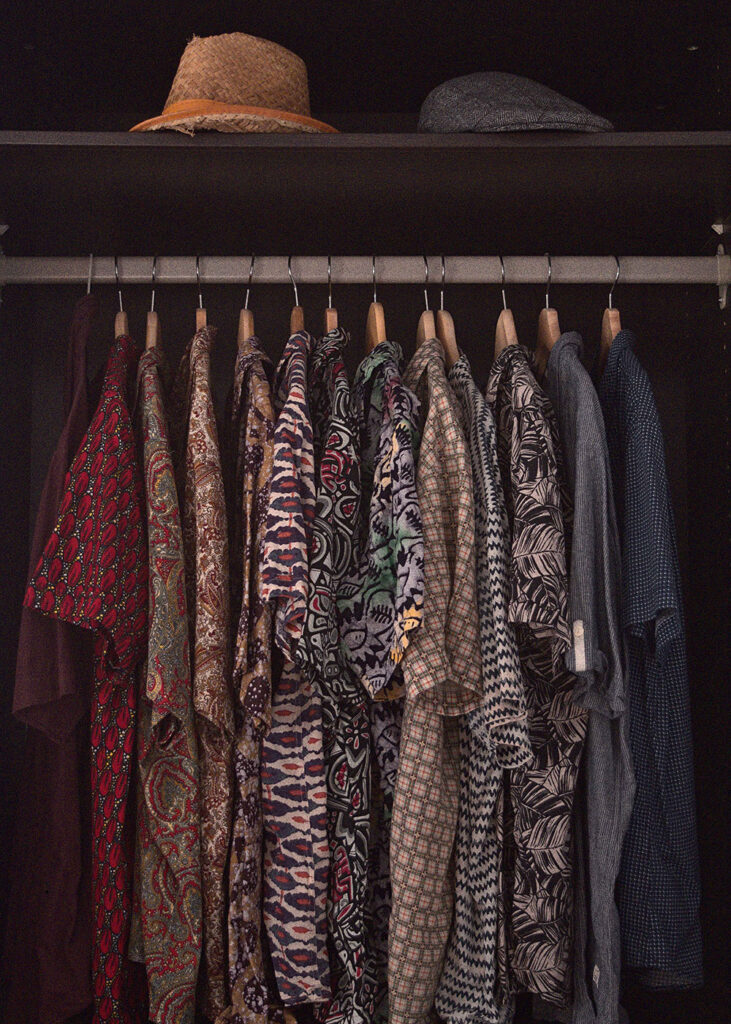

Second-hand transactions
Analysis and Suggestions on Clothing Recycling and Reusing Channels.Second-hand clothing is relatively cheap, unlike the new ones with added value, such as brands. This caters to the consumers’ pursuing of cost-effective clothes. Suppose second-hand clothing can be sorted and disinfected per strict procedures, and the hygiene quality is guaranteed. In that case, the second-hand clothing transaction faces a considerable market prospect. With the recent popularization of e-commerce, some residents sell clothes online that are not suitable for them but still have a high value. Since most of the selling clothes are the sellers’ clothes, the source is relatively reliable, the public’s acceptance is more elevated.
Material processing and reuse
The current reuse method for used clothes with no wearable value is to recycle raw materials. Also reusing materials of clothing is one of the main methods of clothing reuse. These clothes are generally divided into two types according to the value of recycling materials. The first type is with materials that have recycling value and can be recycled into textiles. The closed-loop recycling process of waste textiles is completed from fabric → fiber → fabric. Those mainly are cotton, wool, and polyester. The other type is textiles not able to recycle into recycled textiles with current technology.
People can reprocess those used clothes into roadbed fabrics, non-woven fabrics, mops, wipes, etc. At present, material recycling requires higher processing costs. Thus, the market price of recycled fiber is slightly higher than that of virgin wool. Material recycling is the main business of most professional recycling companies at this stage. It is also the most potent part of used clothes recycling.
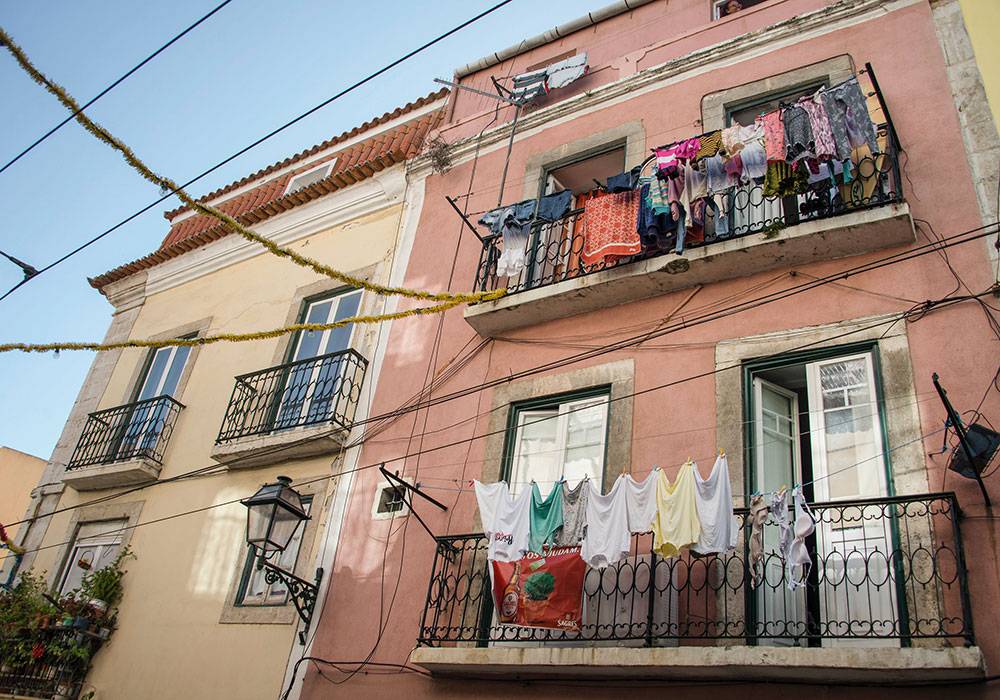
Export
Exported used clothes basically have zero added value, so the selling price is meager. However, export can relieve the environmental pressure brought by used clothes in a short time.
Suggestions on recycling channels
The critical part of clothing recycling is the used clothes from ordinary households. The source is extensive but is difficult to recycle to a certain extent. To increase the recycling rate of clothing, all residents shall be participants. People should use all aspects of society to mobilize people’s enthusiasm for participation fully. Due to the difference in living environment between urban residents and rural residents, they should be treated differently in recycling methods.
In cities, professional recycling can use brand sales terminals for recycling cooperating with brand clothing companies. While in rural areas, it can cooperate with local village committees to collect regularly.
In cities
Firstly in cities, the influence and appeal of brand companies greatly arouse people’s enthusiasm for participating in clothing recycling. Clothing companies use the sales terminal as a carrier to combine clothing sales and recycling. They give customers who recycle used clothes a particular discount on purchasing new clothes. They use new clothes sales to drive used clothes recycling and use them to promote recent clothes sales. Consequently, the combination of the two can fulfill the company’s social obligation to protect the environment and increase the flow of customers in the store.
In rural areas
Secondly in rural areas, it is unrealistic to achieve recycling by brand retail companies with fewer sales terminals. However, professional recycling companies can cooperate with local village committees. With the influence of grassroots governments, so they can regularly set up temporary acquisition points at fixed locations and recycle the used clothes of rural households periodically. At the same time, residents will receive certain rewards.
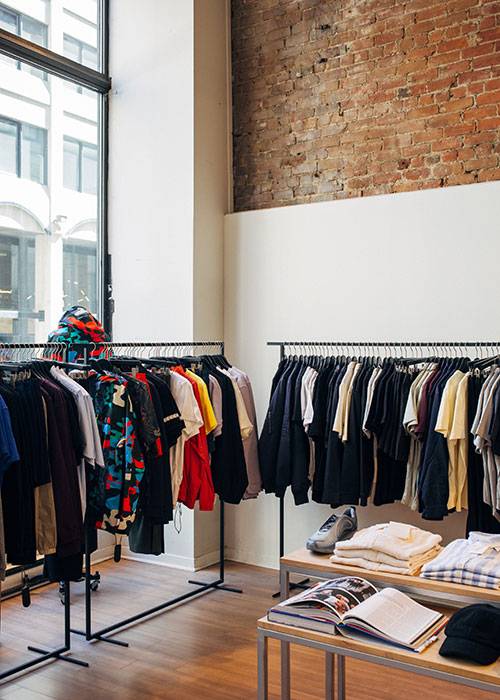
Suggestions on clothing reuse channels
Generally speaking, there are two primary forms of clothing reuse. One is to re-wear garments that still have wearable value. The other is to recycle and reuse materials of clothes that are not worth wearing again. Professional recycling companies mainly perform the recycling of clothing. Under the supervision of relevant departments, it maximizes the widening of reuse channels, cooperating with public welfare organizations, foreign trade companies, textile and clothing companies, and other parties. Therefore, have some following suggestions:
Actively promote the second-hand transaction.
It is undoubtedly a considerable waste to directly recycle the materials of clothes with wearable value. The second wear can retain the original value of the clothes to the greatest extent and further exert its residual value. This is the most effective way in the first condition. With the development of the economy, more and more clothes still have wearable value are eliminated. This provides primary conditions for realizing secondary wear.
The future trend is to establish an authoritative second-hand clothing market supervision department, standardize the process of reusing clothing, formulate sanitary standards for reuse of used clothes, conduct qualification certification and supervision of qualified processing companies, strictly rectify small business and hawker-style reselling, and second-hand guide clothing promptly Hand clothing consumption concept. The second-hand clothing transaction has a comprehensive prospect, which is of great significance to the realization of clothing reuse.
Improve the ability to reprocess used clothes.
Clothing recycling has high economic and social benefits. But limited by current recycling technology, it is difficult to separate the different materials in the mixed fiber. The limiting channels for reuse result in the low added value of these materials after reuse. Especially with the weak reprocessing ability of chemical fiber materials, the value of clothing reuse cannot be fully tapped.
Broaden the channels for material reuse.
Material reuse can be realized by replacing virgin fiber with recycled fiber, penetrating the reuse of materials to multiple industries such as automobiles, tourism, medical treatment, and home decoration. The combination of the reuse of clothing with other sectors finally will realize the industrialization of reuse clothing.
The realization of clothing recycling and reuse is part of the development of a circular economy. Poor channels are the main reason hindering the completion of clothing reuse. Under the cooperation of recycling companies, third-party supervision, and multiple parties, the recycling and reuse model significantly improves the general public’s convenience to participate in recycling. It also broadens the channels for reusing recycled materials and further taps the potential of clothing reuse.

Thanks designed for sharing such a fastidious opinion, piece of writing is
pleasant, thats why i have read it fully
Thanks,We will write more articles, you can follow us on our website and we will update articles every days